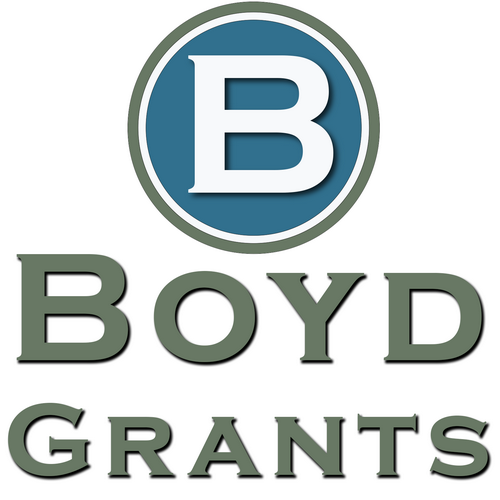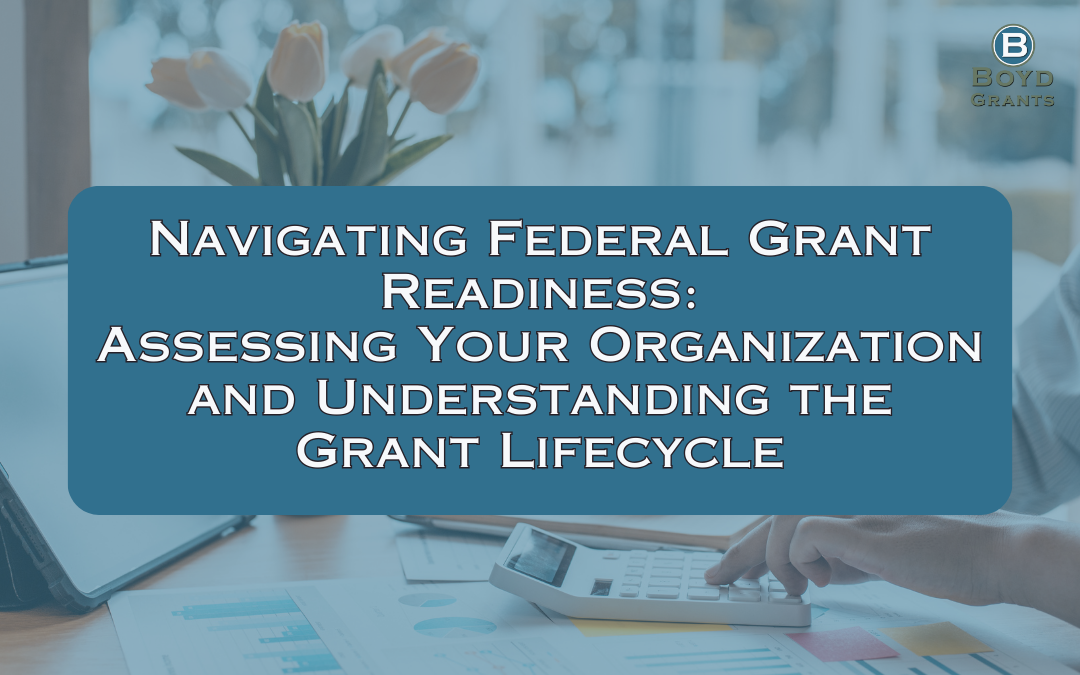In today’s blog post, we’re diving into the world of federal grants and exploring how organizations can assess their readiness to pursue these valuable funding opportunities. We’ll also unpack the phases of the grant lifecycle to help you better understand what to expect when navigating federal grant processes. Let’s jump right in!
Understanding Federal Grants
Federal grants are a vital source of funding provided by the U.S. government to support various programs and initiatives across different sectors such as healthcare, education, research, and community development. Agencies like NIH, NSF, USDA, HUD, and others offer these grants to address societal needs and promote innovation on a national scale.
The Grant Lifecycle
Navigating the grant lifecycle involves three main phases:
- Pre-Award Phase: This is where the journey begins. Organizations identify suitable grant opportunities, develop compelling proposals, and submit their applications to federal agencies.
- Award Phase: Once your proposal is selected for funding, you enter the award phase. Here, you receive notification of the award, negotiate terms, and officially accept the grant.
- Post-Award Phase: After receiving the grant award, the real work begins. Organizations implement their projects, manage grant funds, report on progress, and ensure compliance with grant requirements.
Understanding these phases is crucial for organizations aiming to secure federal funding and successfully manage grant-funded projects.
Assessing Your Organization’s Grant Readiness
Before diving into the grant application process, it’s essential to assess your organization’s readiness. This involves evaluating your internal capacity in terms of:
- Organizational structure
- Financial management practices
- Programmatic capacity and alignment with grant objectives
Identifying strengths and areas for improvement will enhance your organization’s competitiveness in securing federal grants.
Key Considerations for Grant Readiness
Several key considerations play a vital role in determining grant readiness:
- Alignment with Mission and Priorities: Ensure that grant opportunities align with your organization’s mission and strategic goals.
- Commitment and Capacity: Assess the commitment and capacity of your staff and leadership to pursue and manage federal grants effectively.
- Partnerships and Collaborations: Explore opportunities to strengthen grant proposals through partnerships with stakeholders and community organizations.
By focusing on these considerations, organizations can better prepare themselves for pursuing federal grants that align with their mission and goals.
Building Grant Readiness
Building grant readiness requires ongoing effort and investment in capacity-building strategies. This includes:
- Investing in staff training and development
- Establishing robust policies and procedures
- Cultivating relationships with funders and stakeholders
Continuously improving your organization’s capacity will enhance your ability to compete for federal grants and manage awarded funds efficiently.
Resources and Support
Accessing resources and support is essential for organizations navigating the federal grant landscape. Online tools, guides, and templates can assist in conducting readiness assessments and developing strong grant proposals. Additionally, technical assistance providers specializing in grant readiness and capacity-building can offer valuable insights and guidance.
Do you want to learn more? Pop on over to Boyd Grants Academy and register for some of our trainings!


Recent Comments